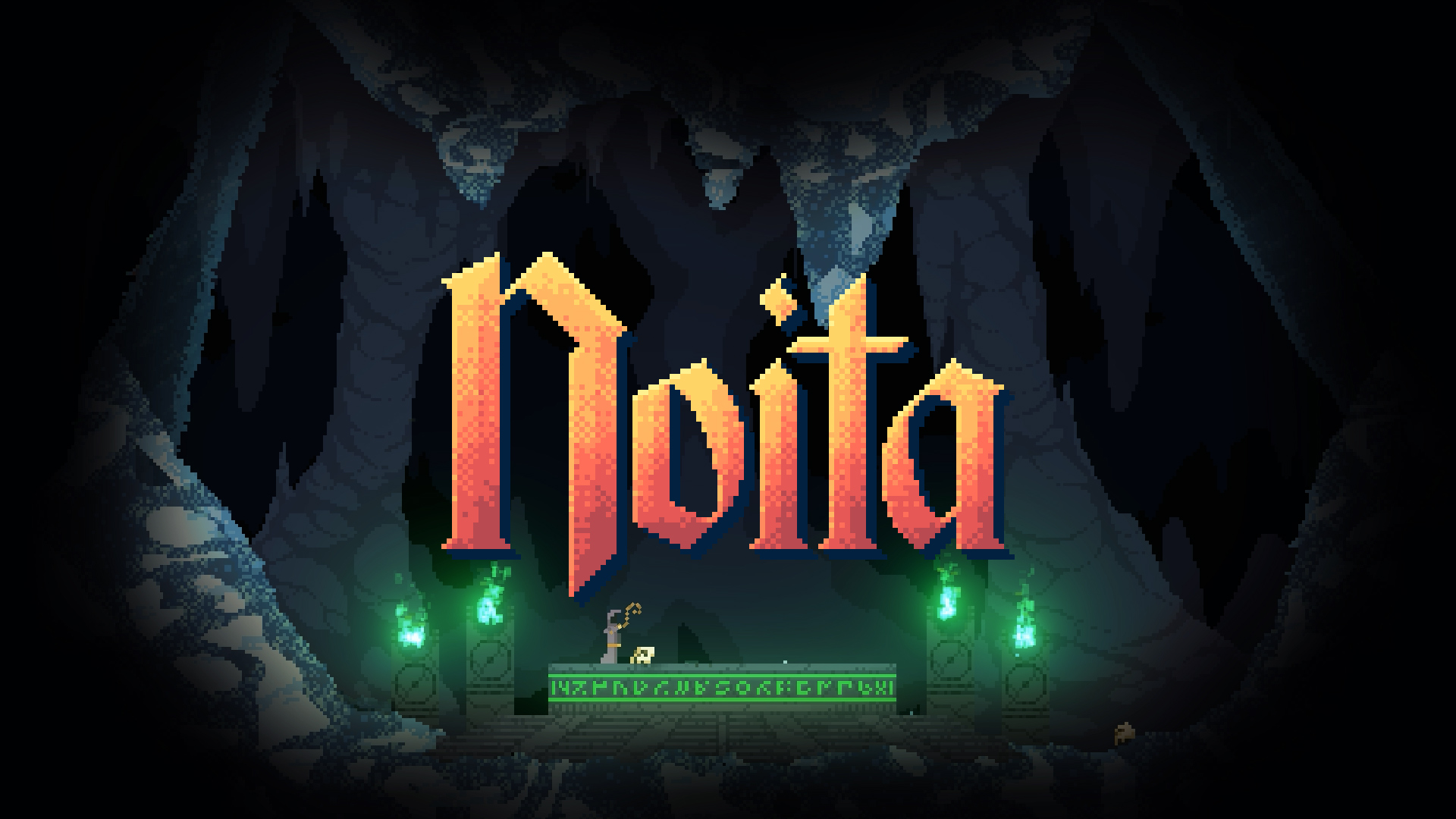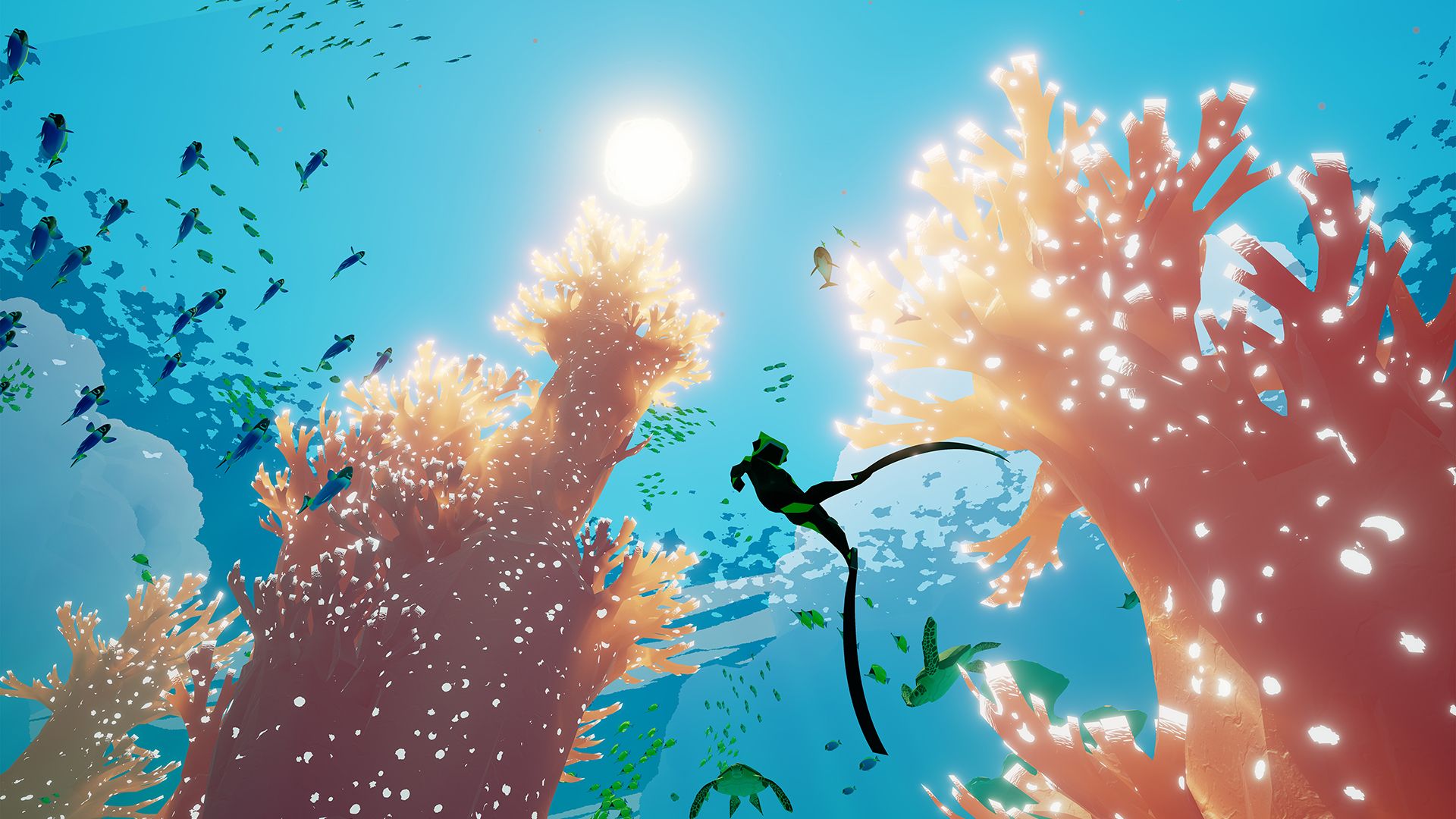Share
Ubisoft has announced that its recently-announced remake of Prince of Persia: The Sands of Time has been pushed back again, this time indefinitely.
The news broke via the official Prince of Persia Twitter account. “…We have made the decision to shift the release… to a later date,” the dev team wrote. “This extra development time will enable our teams to deliver a remake that feels fresh while remaining faithful to the original.”
Hidden Treasures
The remake was originally revealed accidentally, after a ResetEra user spotted a banner ad he wasn’t supposed to see on the Russian version of Ubisoft’s online storefront uPlay. It comes courtesy of Ubisoft’s satellite studios in Mumbai and Pune, and runs on Ubisoft’s in-house engine Anvil, which is also used for the Assassin’s Creed series.
The plan is for the remake to be released on PlayStation 4, Xbox One, and PC, with upscaled versions available for the PS5 and Xbox Series X|S. While the game is likely to feature the same general design as the original Sands of Time, Ubisoft has gone back to the drawing board to update the controls and graphics, including new current-generation elements like motion capture.
Series creator Jordan Mechner is reportedly involved with the Sands of Time remake as a gameplay consultant. Likewise, the original voice actor for the Prince, Yuri Lowenthal (maybe best-known now for voicing the title character in Marvel’s Spider-Man), has returned for the remake for re-recording. The princess Farah, however, has been recast, and is now played by the British actress Supinder Wraich.
The trailer did take heat from fans and the press for its relatively simplistic graphics, which may explain the decision to further postpone the remake’s release. This is also the first game, in a way, for Ubisoft Mumbai and Pune; both studios have provided support for other Ubisoft projects like Just Dance, but The Sands of Time remake is their first game as the primary developers. There’s likely a lot riding on this behind the scenes.
The Sands of Time remake, whenever it does arrive, marks a return to shelves for the Prince of Persia franchise after 10 years, following the 2010 prequel The Forgotten Sands. Frankly, it’s something that nobody ever thought Ubisoft would do, as it’s historically never seemed to have any idea what it wanted out of the Prince of Persia franchise.
Troubled Tales of Adventure
The original 1989 Apple II game, Prince of Persia, was one of the most challenging and memorable platformers of its day, combining a unique aesthetic and mechanics with a steep difficulty curve. Ask any player of the period, and they’ve probably got at least one strong sense memory attached with dying in one of Prince of Persia‘s traps. (Mine is that sound when the blade trap cut you in half. Yikes.) What really got other developers’ attention, however, was its uniquely fluid, rotoscoped animation, which would go on to be used in other “cinematic platformers” like Flashback and Out of This World.
However, despite its current status, Prince of Persia was initially DOA in the North American market. It didn’t start selling properly until it was released in Europe and Japan, at which point it slowly became a genuine hit and got ported to every platform under the sun.
That same scenario repeated itself for The Sands of Time, which made most of its initial money from the European market. Despite critical acclaim and a handful of industry awards, including Game of the Year at E3 2003, the North American SKU was initially a slow seller; at one point, Ubisoft went out of its way to juice the NA sales of Sands of Time by issuing it as a bundle with its other PS2 hits of the period, like the first Splinter Cell. However, Europe quickly embraced The Sands of Time; some reports attribute well over half of the game’s original sales run to the European market.
The parkour-influenced platforming, acrobatic swordsmanship, and ability to rewind time for short periods all combined to have a heavy influence on the next couple of generations of video games. You can draw a straight line between The Sands of Time and similarly fluid combat like the Batman: Arkham series, Spider-Man, or Ghost of Tsushima.
Similarly, the way that the Prince navigated the world in The Sands of Time, fluidly transitioning between wall-running, swinging, and climbing, effectively redefined how 3D platforming would work from that point forward. Video games, thanks to the Prince, fell permanently in love with parkour techniques, which treat every element of the world like a series of obstacle-course opportunities. The most obvious result, of course, is the Assassin’s Creed franchise, the first game in which developed from Ubisoft’s initial ideas for a sequel to The Sands of Time.
The actual sequel, 2004’s Warrior Within, was a stronger seller, but got mocked up and down the block for its general “grimdark” aesthetic. The Prince went from a determined but genial swashbuckler to a grim ragebeast with permanent stubble, in one of Ubisoft’s earliest attempts at courting market forces, and the result was a good game with a terrible look. The final game in the trilogy, 2005’s The Two Thrones, actively felt like an attempt to split the difference, with the “normal” Prince of The Sands of Time occasionally replaced by an angrier “Dark Prince.” (What was it with the sixth generation and dark alter ego characters, anyway?)
Ubisoft subsequently attempted to reboot the franchise with 2008’s Prince of Persia, which featured an open, explorable world and a brand-new story, teaming the titular Prince with a mysterious woman named Elika. It sold well and got decent reviews, but seems to have been one of those games of the late 2000s/early 2010s that hit that unfortunate window of not being successful enough. Despite the game effectively ending on a cliffhanger, Ubisoft hasn’t touched the reboot continuity in years; its next Prince of Persia game was a prequel, set between Sands of Time and Warrior Within, and it subsequently shelved the franchise for a decade.
As such, it’s easy to look at the 2021 remake as an attempt to go back to the drawing board. This is one of those in-between franchises, where it’s got a decent track record and it’s undeniably popular and influential, but it’s never had the kind of megahit that companies like Ubisoft are always aiming for. It’s arguably due for one, but it’s also got a surprisingly consistent track record of not being immediately successful. If Ubisoft is testing the waters, a remake’s an odd way to go with it.




